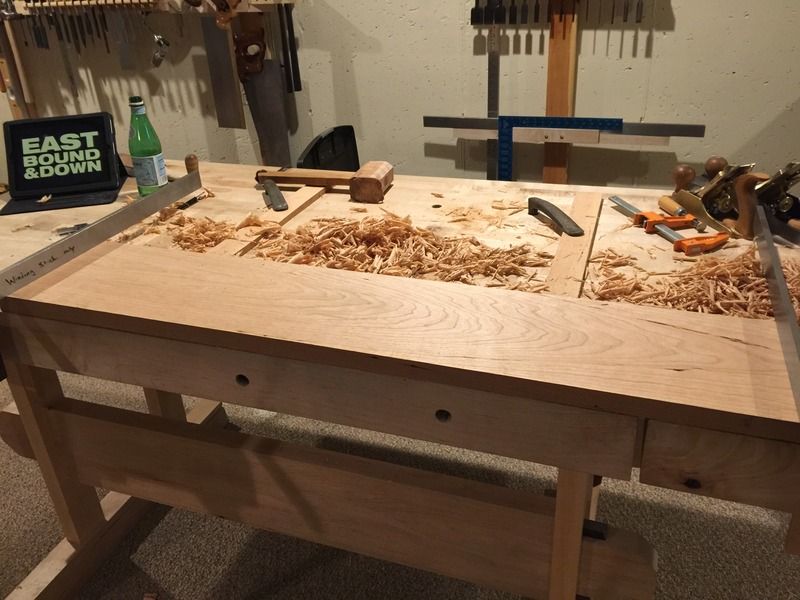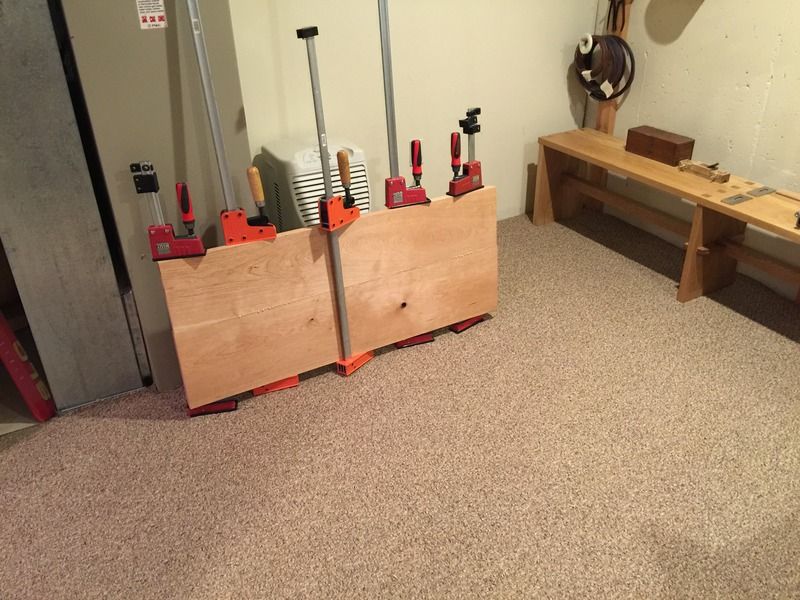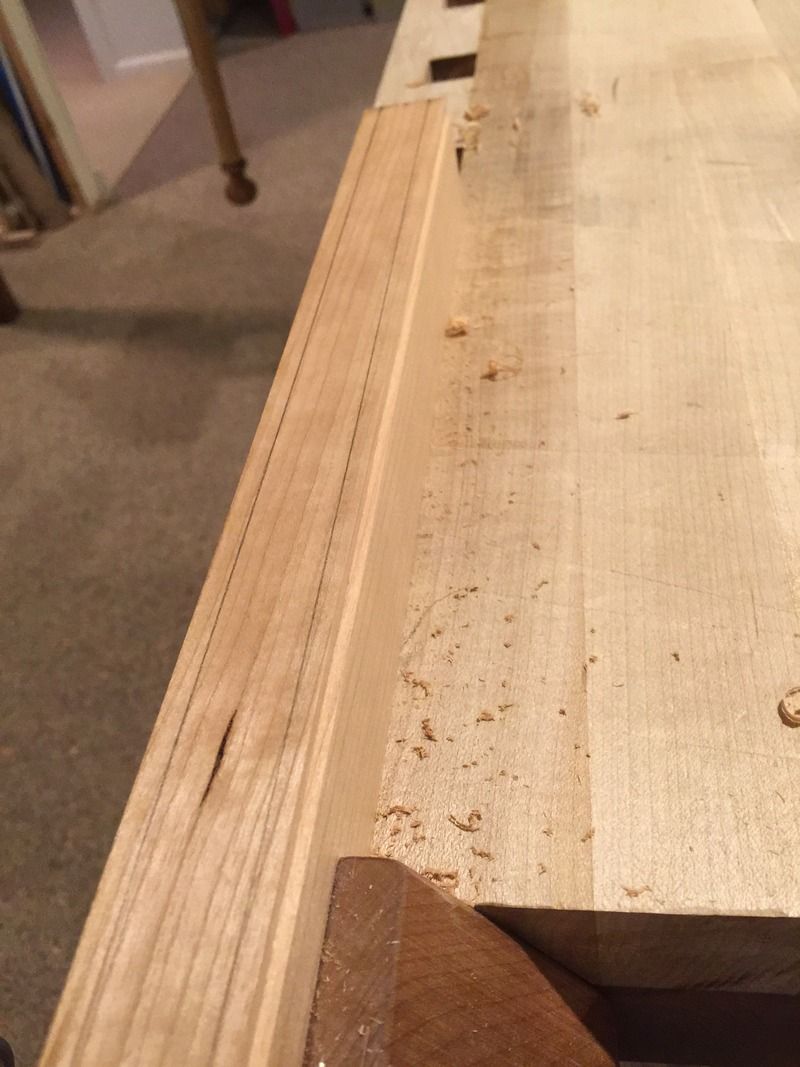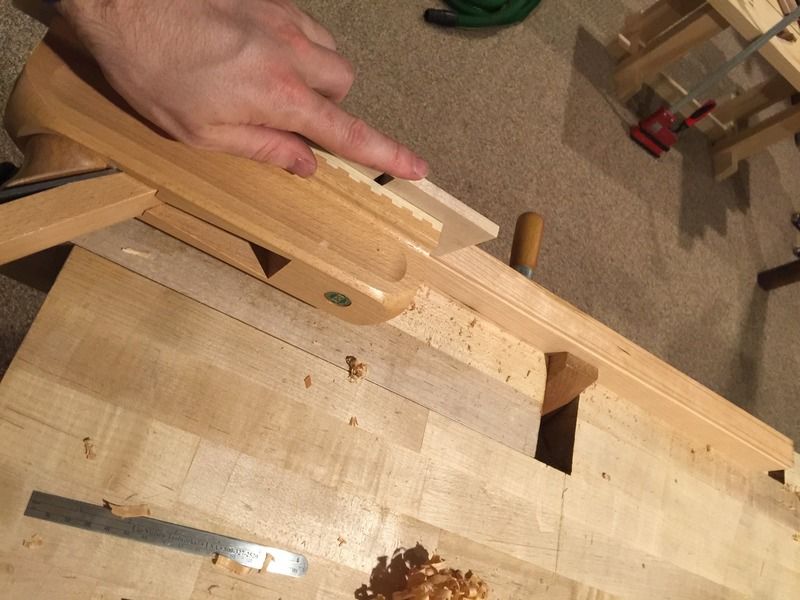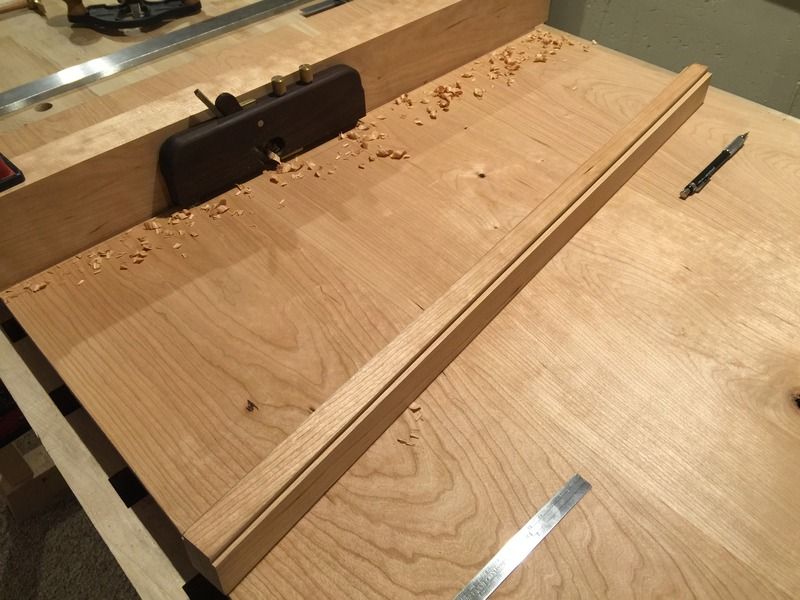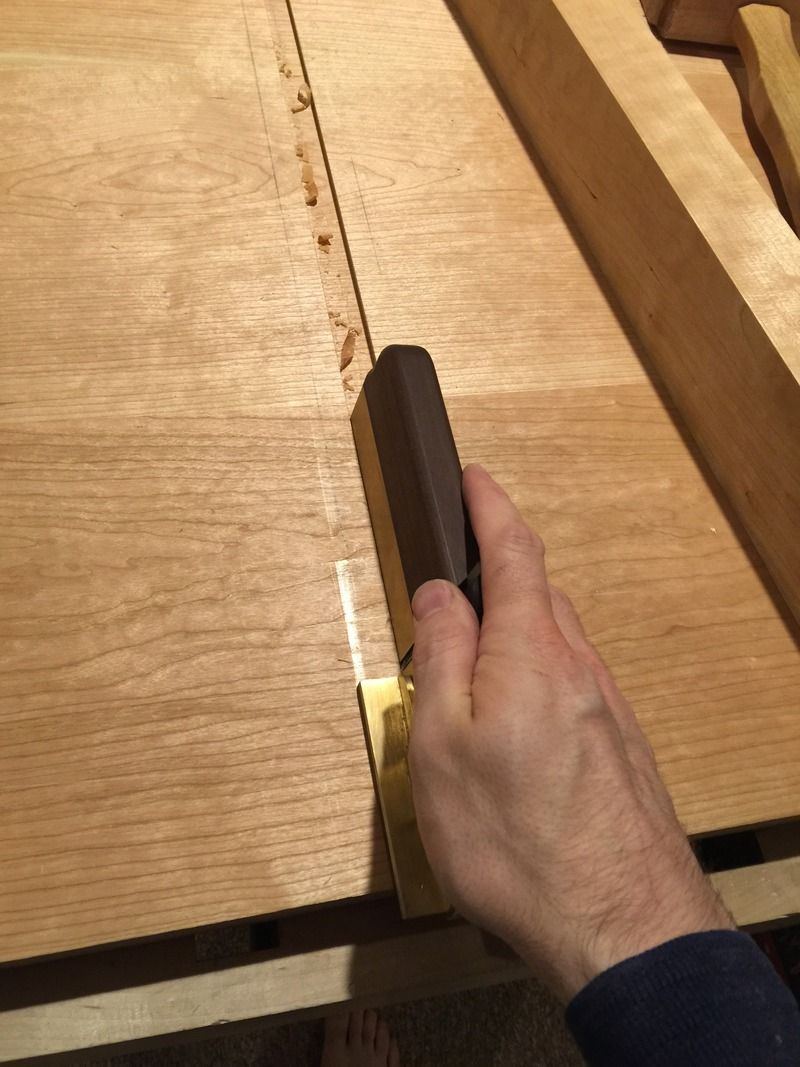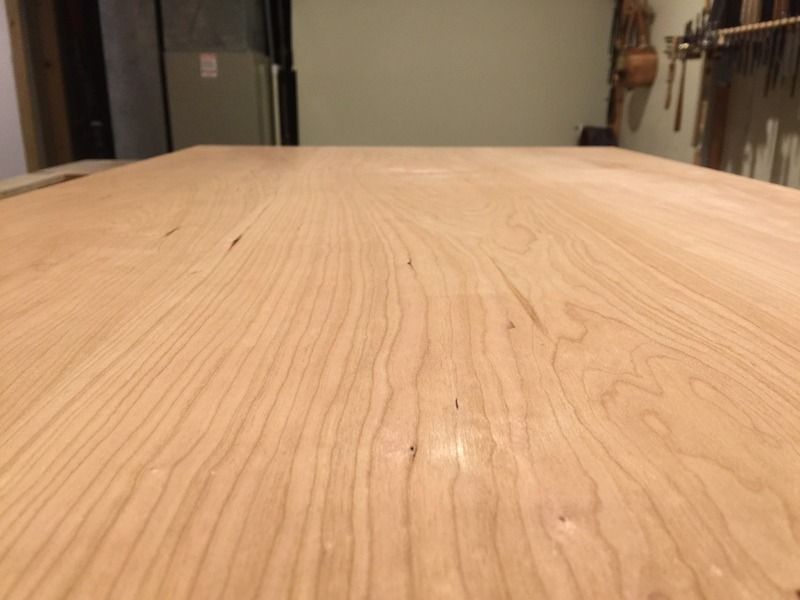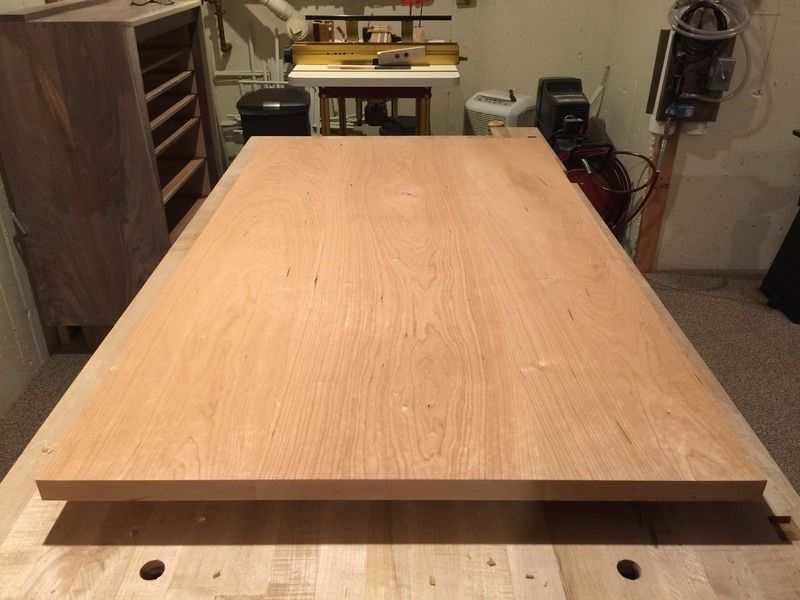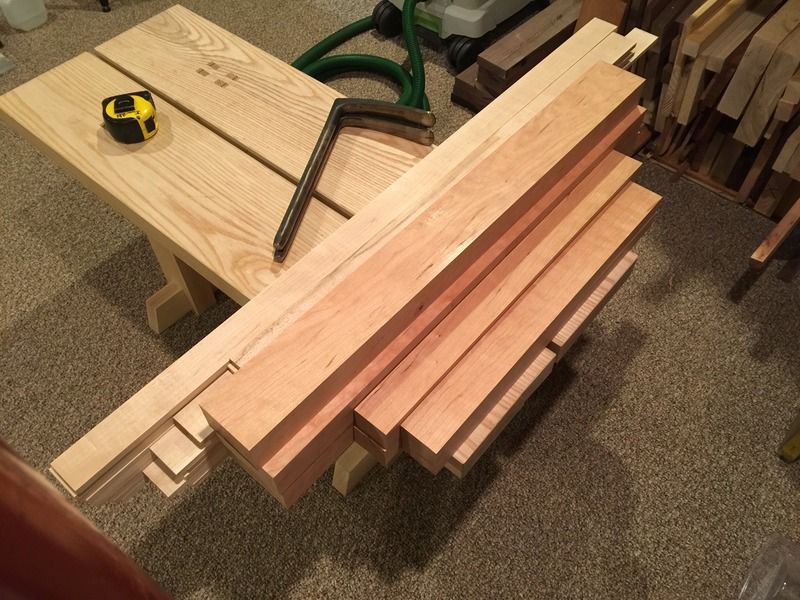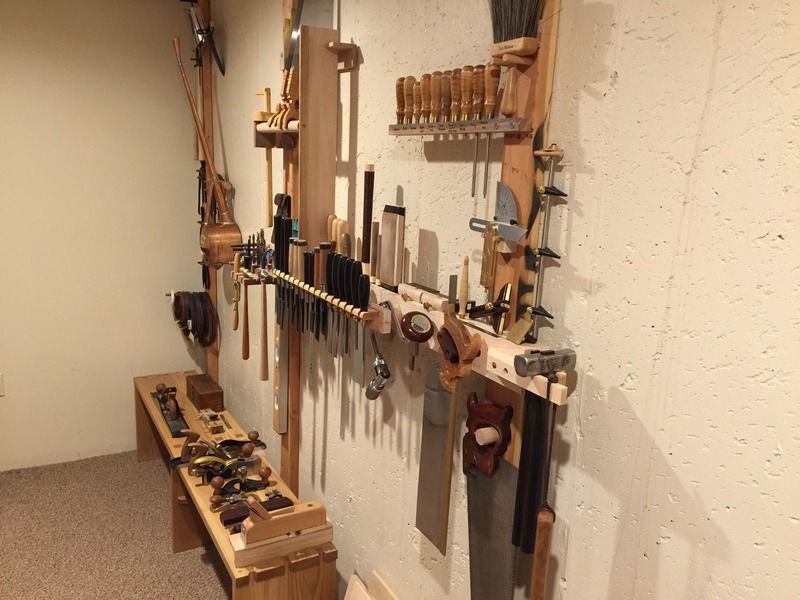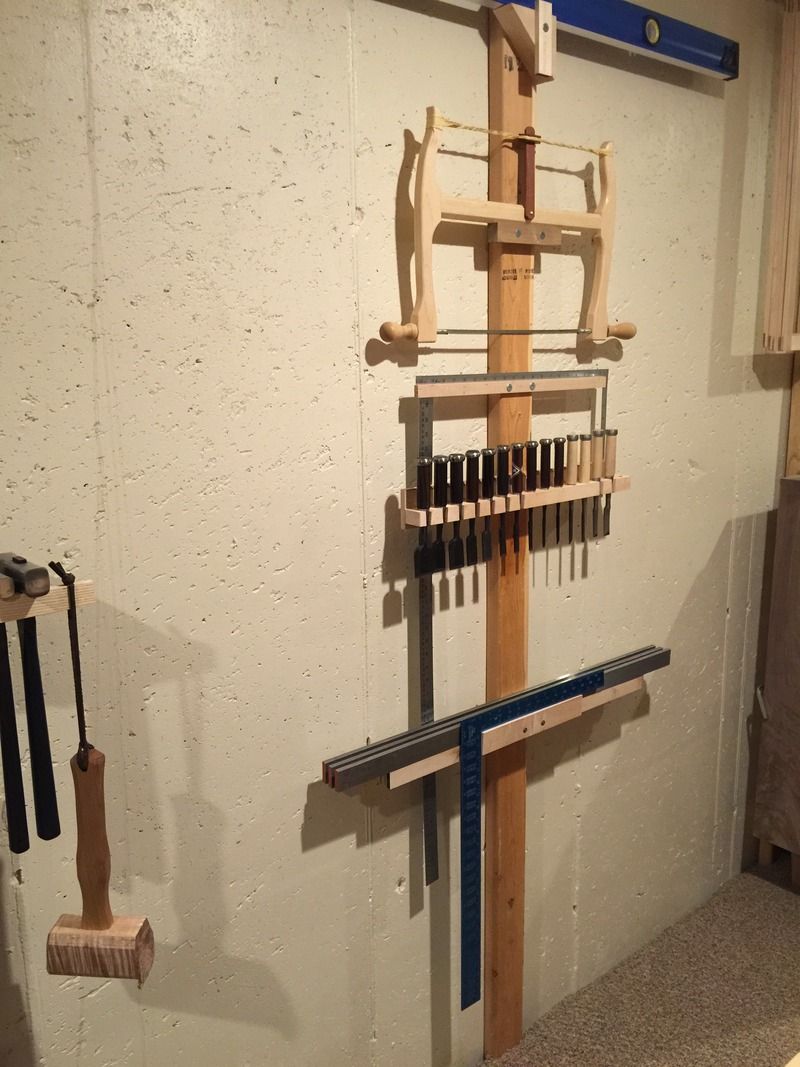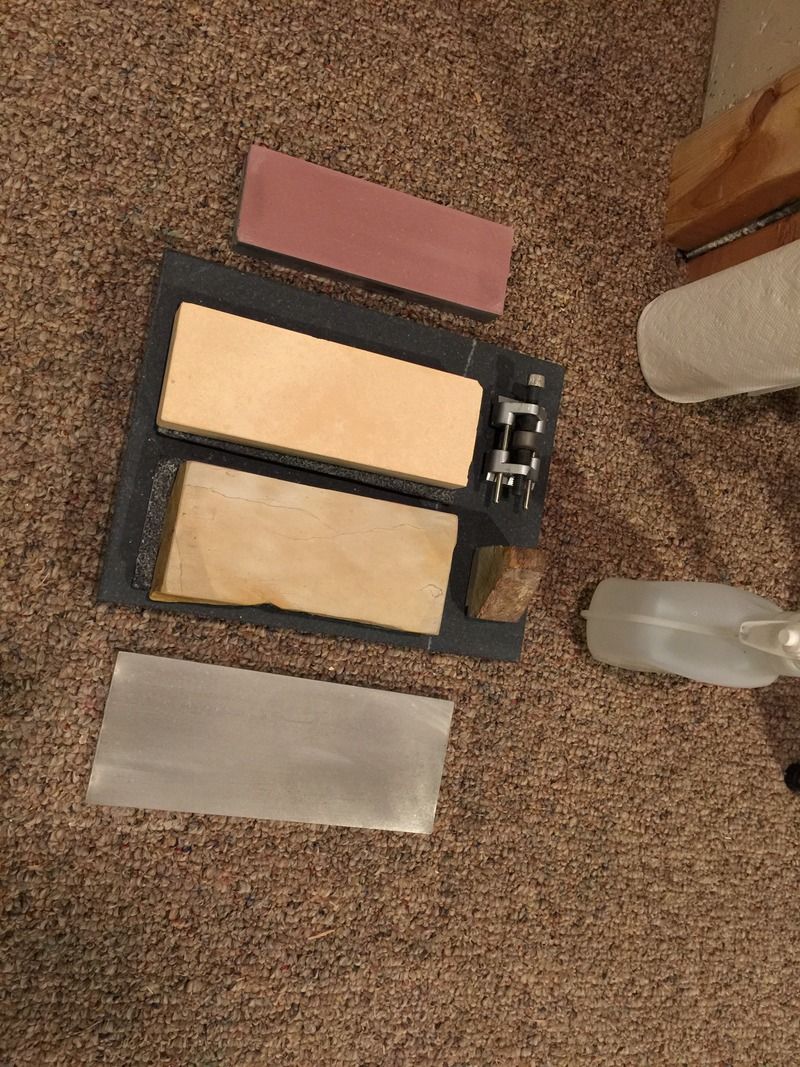Good evening!
Before I get started, I just want to say the bed build is complete, but I need to shuffle around some furniture in the house before I take final photos. The cabinet will resume shortly, but at the moment this build is taking priority and should be a quick one.
This table is being built for a friend of mine, he's an artist and will be using this to spread out paints and so forth.
it's being built to dining table height, but the breadboard ends will be shaped like wings to capture any rolling paints. The long sides will be grooved for the same purpose. If ever it needs to actually function as a dining table the breadboard ends can be changed and it will be able to comfortably seat two. By that point I hope it has earned itself an interesting patina having spent time in the artist's studio.
While I do enjoy building things that are cherished and left mostly unchanged in years of use, this is particularly interesting for me to build something that will be put to use functionally. I feel that the things we truly cherish are those that become part of our intimate surroundings. So it is an honor to build a piece that will be included in the life of a friend in such a way.







 Reply With Quote
Reply With Quote